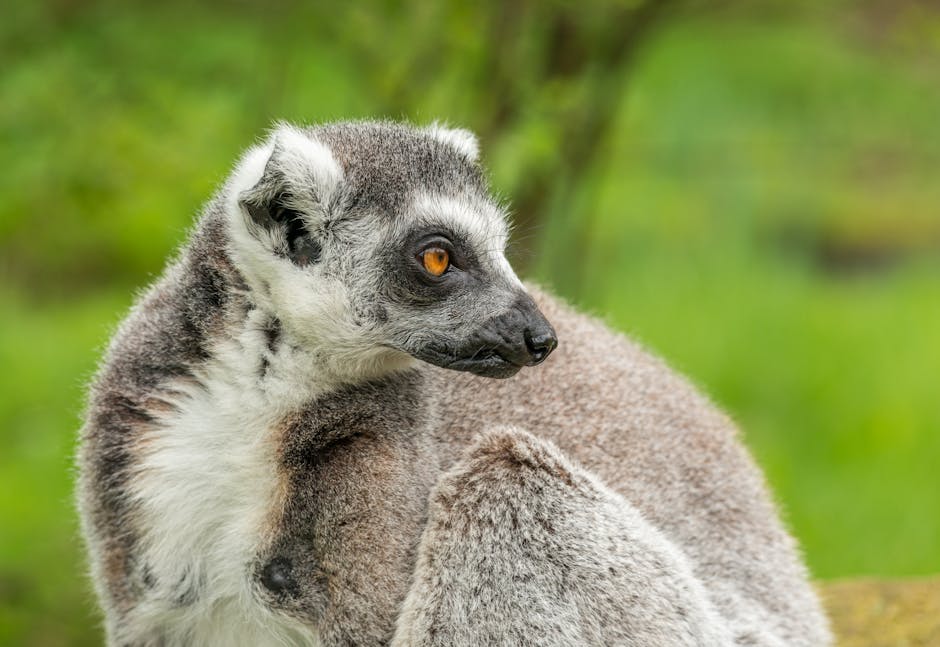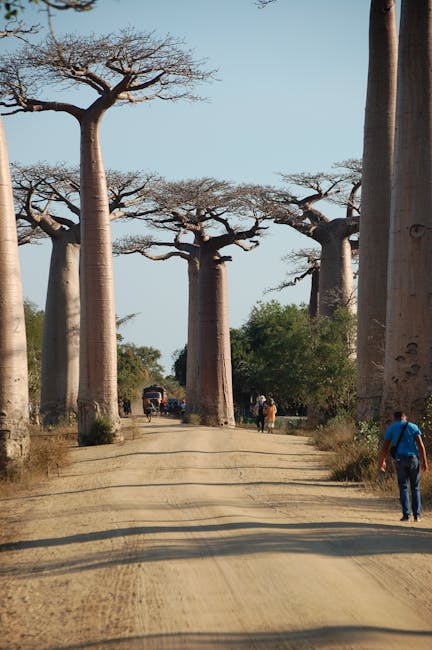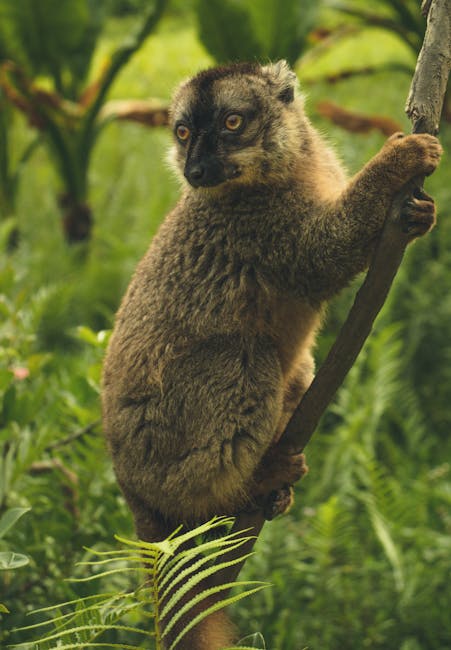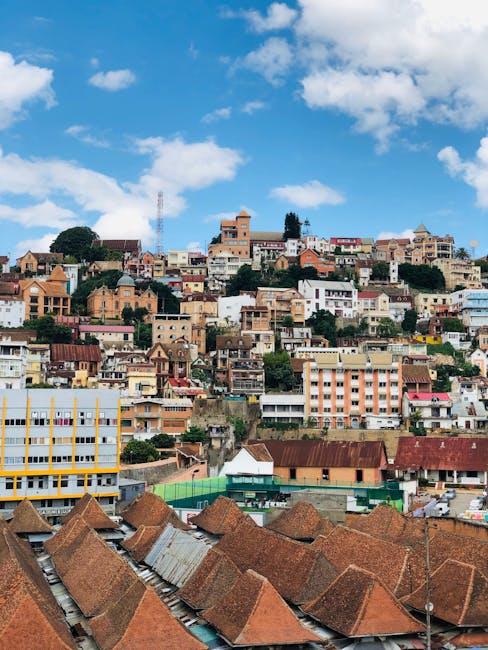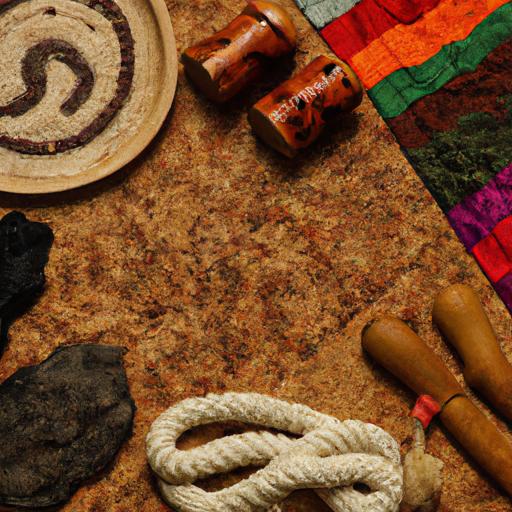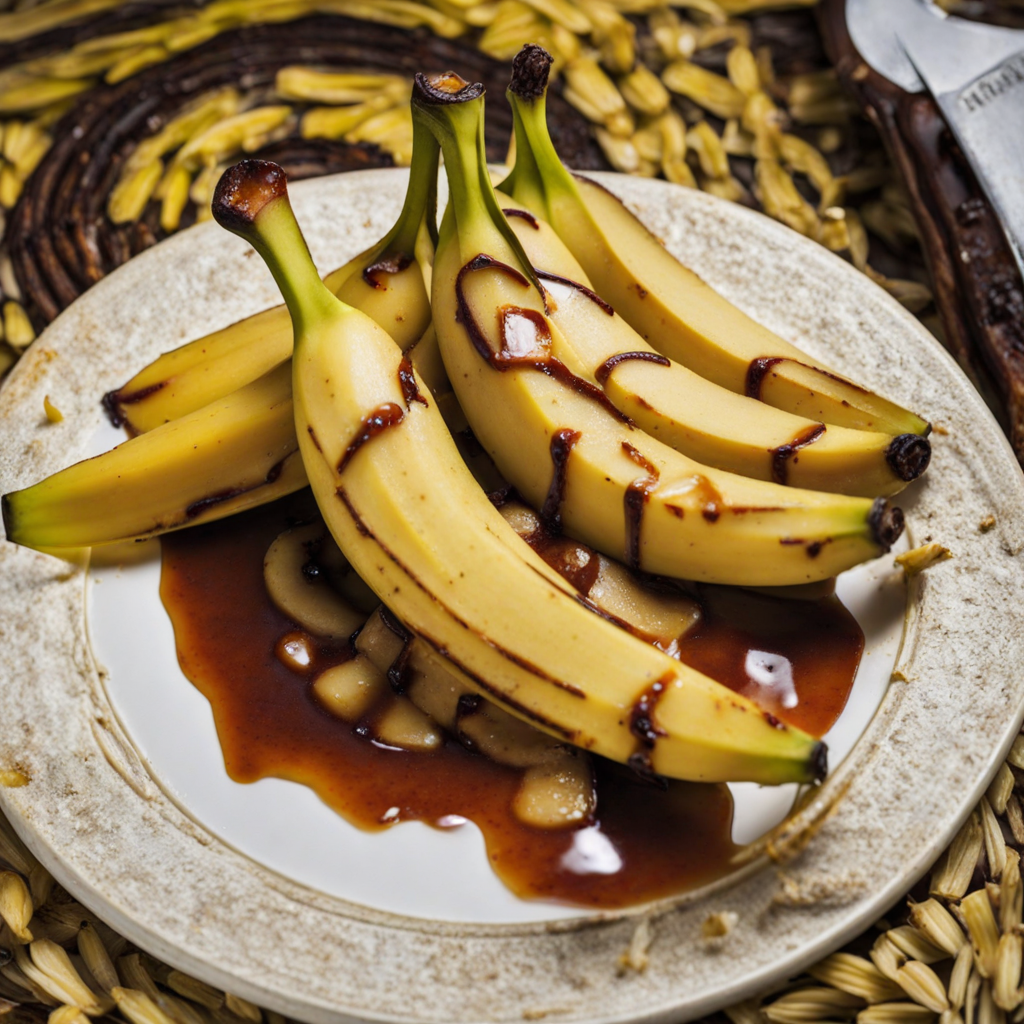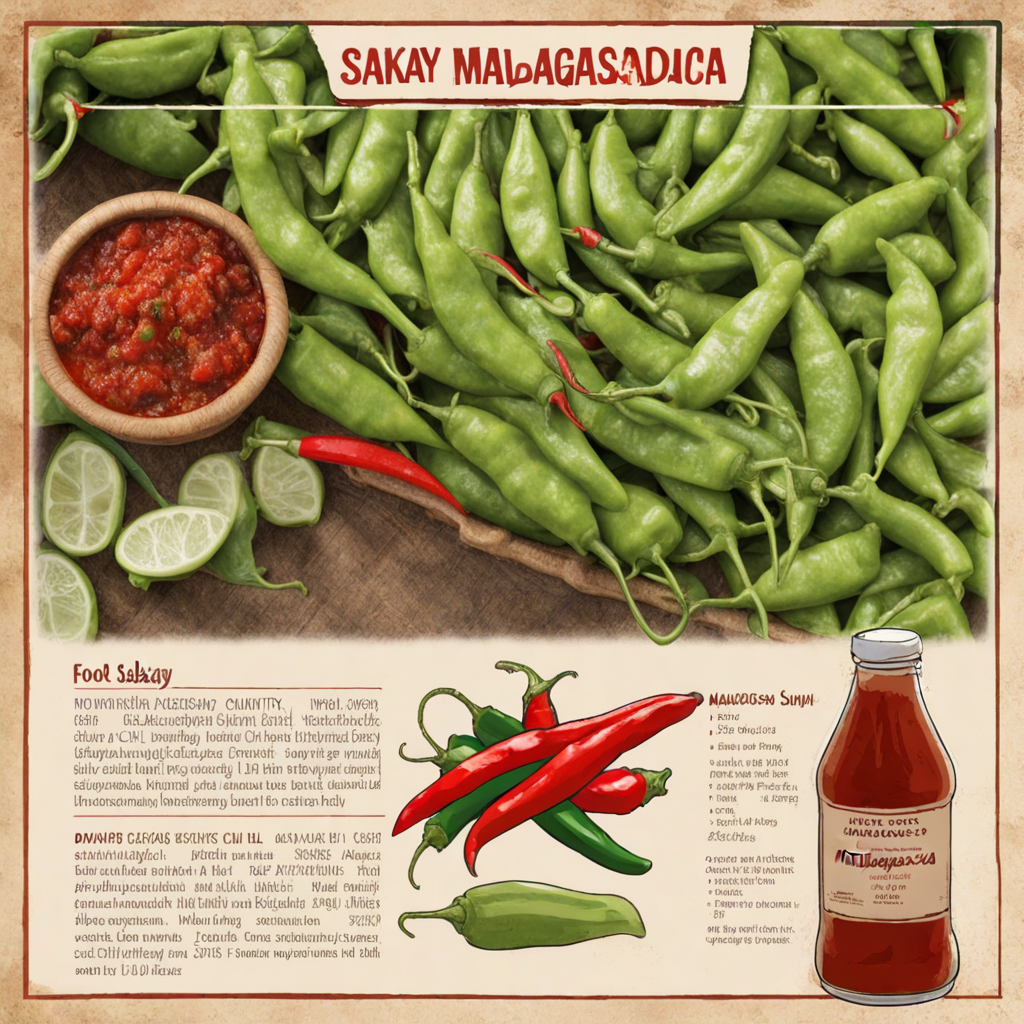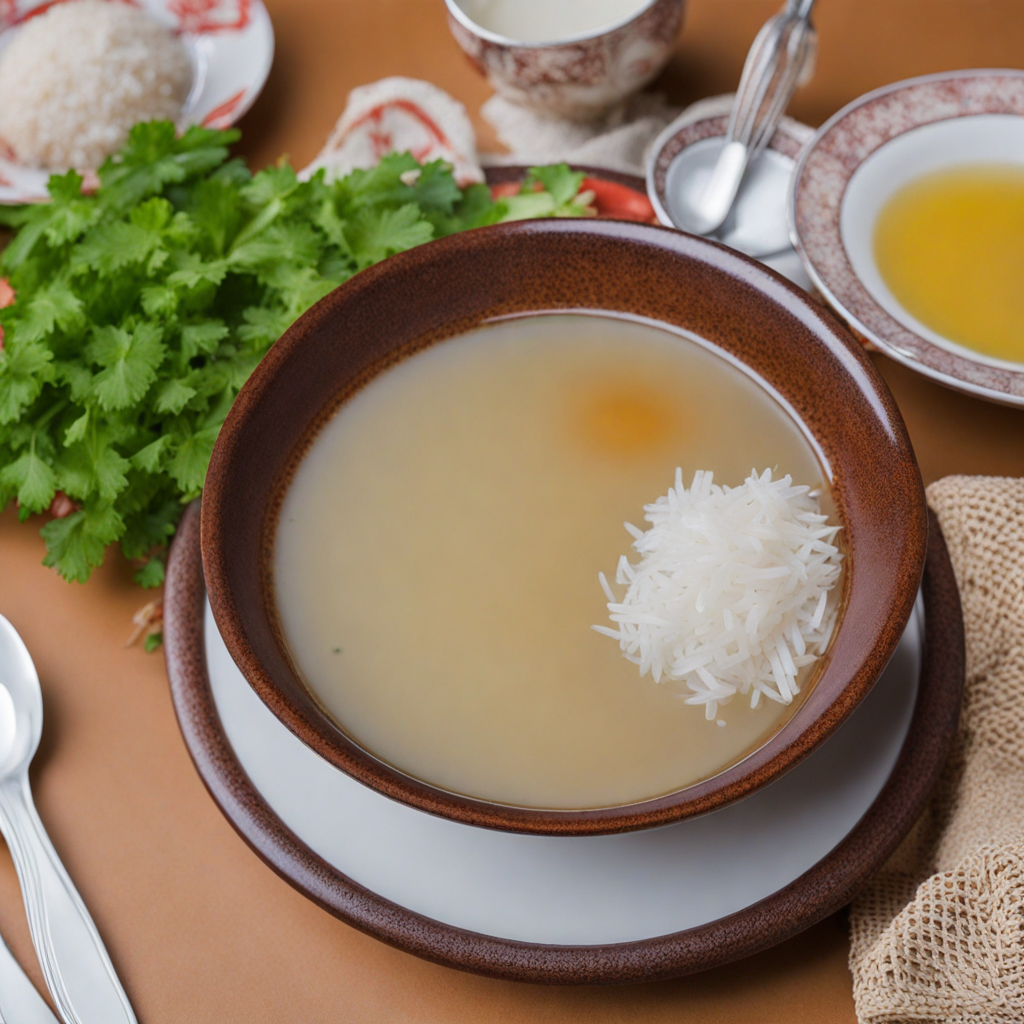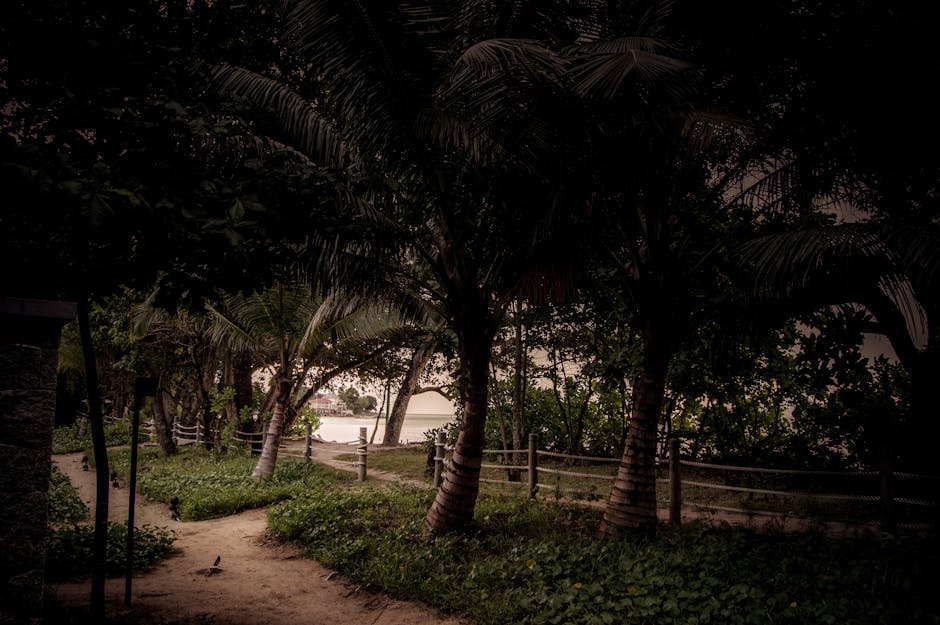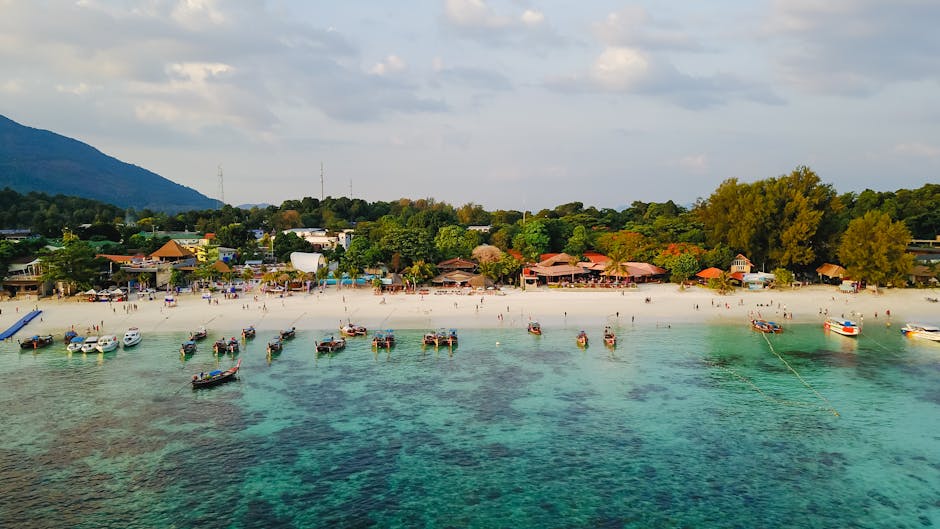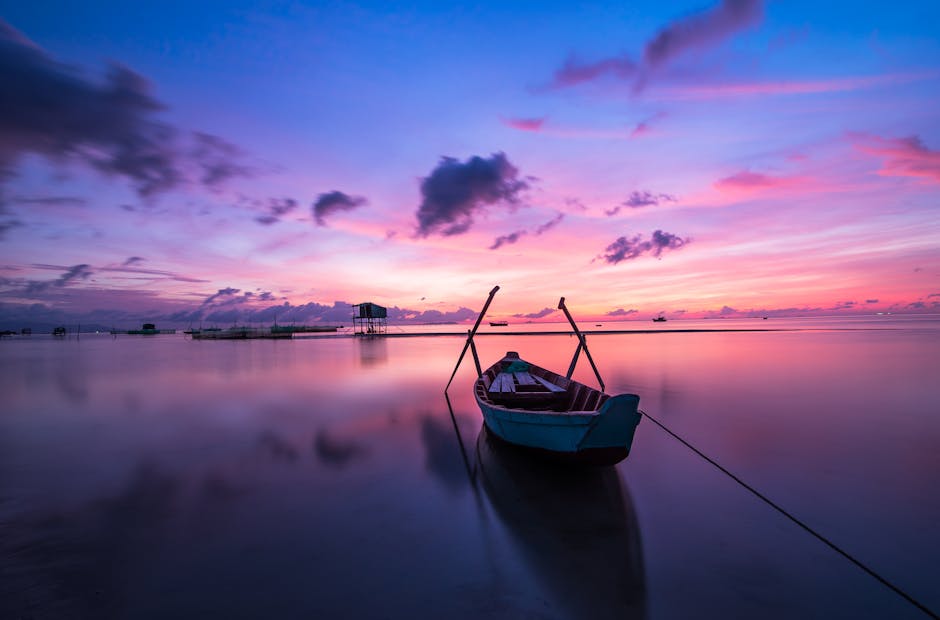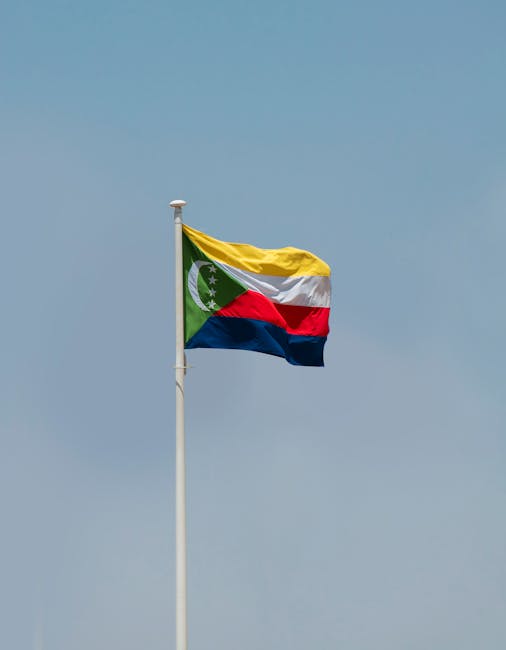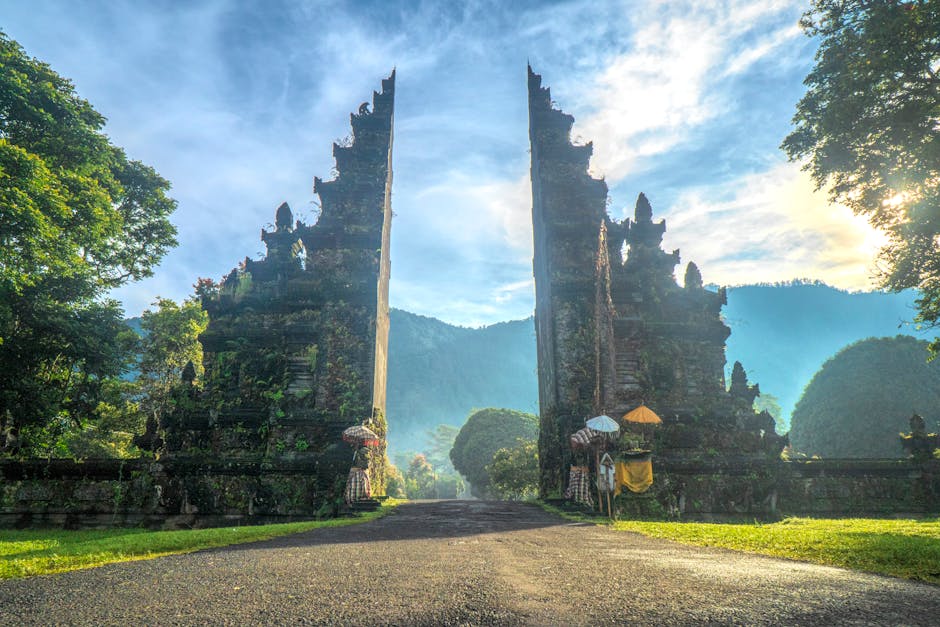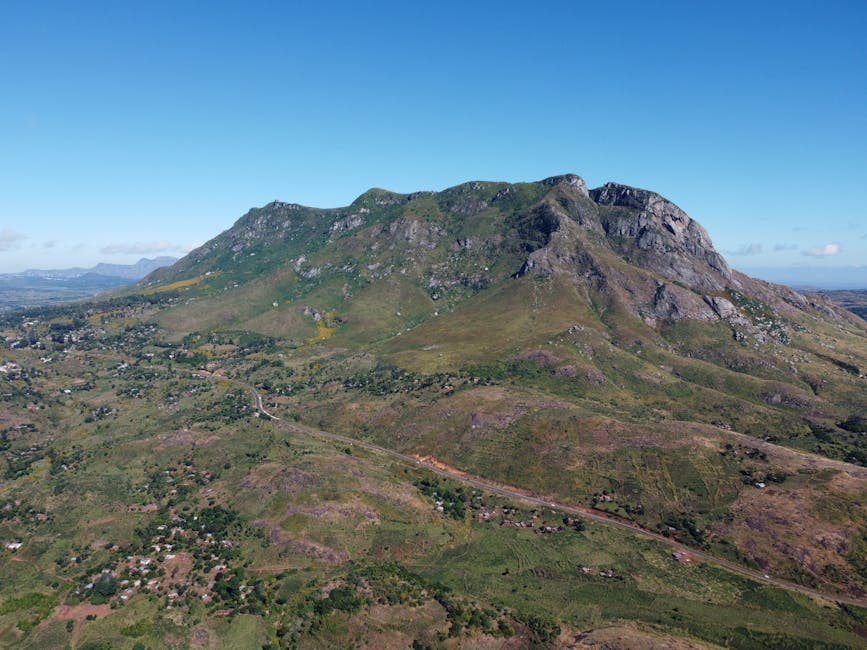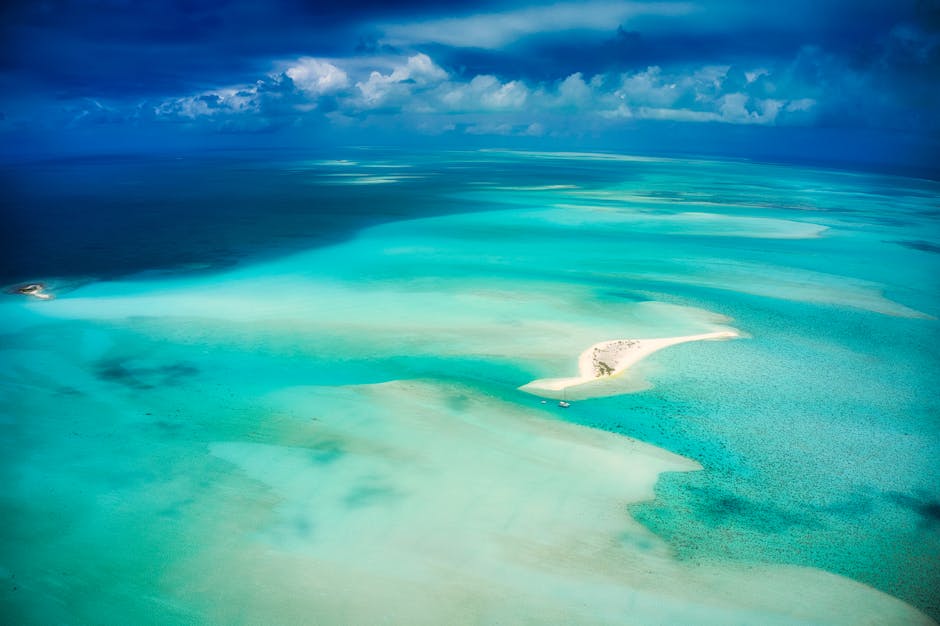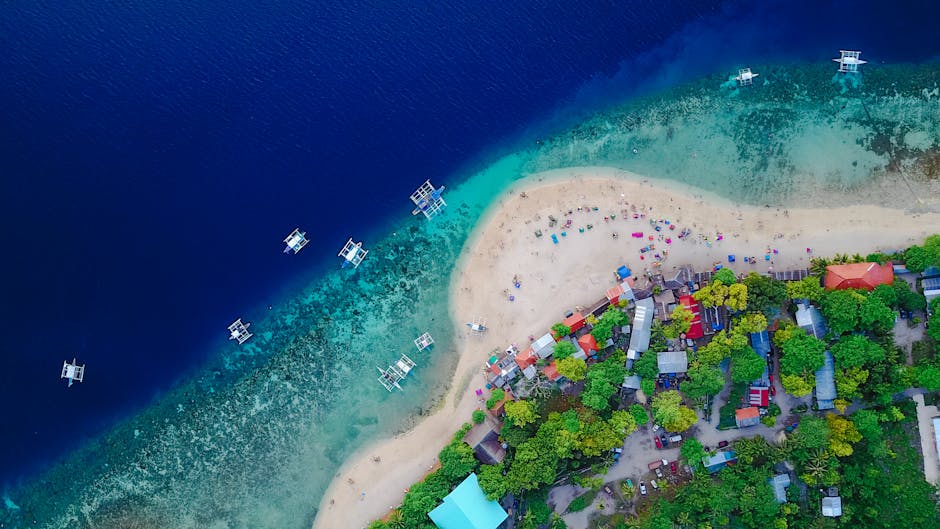Madagascar
Overview
Madagascar, located off the southeast coast of Africa, is the fourth largest island in the world and is a destination like no other. The country is unique due to its biodiversity, with some 90% of its wildlife found nowhere else on the globe. This includes the famous lemurs, various species of birds, and a range of unique flora. Its culture is vibrant and diverse, influenced by Africans, Arabs, Europeans, and Asians, which reflects in the local cuisine, music, and traditions. Notable cultural events include the Famadihana (turning of the bones) ceremony and the traditional Malagasy music and dance forms like Salegy and Hira Gasy.
The high season for tourism in Madagascar is between April and December, with the weather being dry and cool during this period. The activities available for teenagers during this time are plentiful. They can explore the country's numerous national parks, such as the Ranomafana National Park and the Tsingy de Bemaraha Reserve, which offer opportunities for hiking, wildlife spotting, and adventure sports. Canoeing down the Manambolo River or snorkeling in the clear waters around Nosy Be are other exciting options. The country's rich culture can be experienced through its local markets, music festivals, and food tours, offering an immersive cultural experience.
Before visiting Madagascar, travelers need to prepare adequately. It's important to check the visa requirements as most nationalities require a visa to enter the country, which can be obtained on arrival. Vaccinations for diseases such as Hepatitis A and B, Typhoid, and Yellow Fever are recommended. Furthermore, malaria is present in some parts of the country, so anti-malarial medication may be necessary. Travel insurance is also highly suggested. English is not widely spoken outside of major cities and tourist spots, so learning some basic phrases in Malagasy or French can be helpful. Lastly, pack appropriate clothing for the season and don't forget essentials like sunscreen, insect repellent, and sturdy footwear for hiking.
A Glimpse into the Past
Madagascar, the fourth largest island in the world, is a land of stunning biodiversity and rich cultural heritage. Its history is marked by a unique blend of indigenous traditions, colonial influences, and modern aspirations, making it a fascinating destination for travelers.
Early Settlements
Madagascar's history begins over 2,000 years ago when Austronesian peoples, likely from Southeast Asia, began to settle on the island. They brought with them rice cultivation and various agricultural techniques. This early migration set the foundation for a distinct Malagasy culture, which was further enriched by subsequent waves of Bantu-speaking Africans around the 5th century. These groups intermingled, leading to the emergence of a diverse society with various ethnic groups, including the Merina, Betsileo, and Sakalava.
Notably, the island's geography played a crucial role in shaping its cultural landscape. The central highlands became the heart of the Merina kingdom, whose capital, Antananarivo, is now the capital of modern Madagascar. Visitors can explore the remnants of this early societal structure in the city's historic architecture, including the Rova of Antananarivo, a royal palace that dates back to the 17th century.
The Kingdoms of Madagascar
By the 15th century, several kingdoms had formed on the island, with the Merina kingdom gaining prominence. Under King Andrianampoinimerina in the late 18th century, the kingdom expanded significantly, unifying much of Madagascar. His reforms and the establishment of a centralized administration laid the groundwork for the island's political landscape, which travelers can discover through the rich oral history and traditions still alive in today's communities.
The 19th century saw the rise of Queen Ranavalona I, known for her fierce independence and resistance against foreign influence. She implemented policies that sought to preserve Malagasy culture and autonomy, which included expelling foreign traders and missionaries. Her reign is a point of interest for visitors, especially those keen on understanding the dynamics of colonial resistance.
Colonial Era
The arrival of Europeans in Madagascar in the 17th century marked a turning point in the island's history. French colonization began in earnest in the late 19th century, culminating in the annexation of Madagascar in 1896. The French imposed their rule, aiming to exploit Madagascar's natural resources and integrate it into their colonial empire. This period saw significant changes, including the introduction of cash crops like vanilla and coffee, which are still major exports today.
Travelers can explore the remnants of this colonial past in cities like Antananarivo, where French colonial architecture can be found alongside traditional Malagasy buildings. The Palais de la Reine, or Queen's Palace, provides insight into the royal history before colonization, juxtaposed with the influence of French design.
Struggle for Independence
Madagascar's fight for independence began in the 1940s, fueled by nationalist sentiments and a desire to reclaim their cultural identity. The Malagasy Uprising of 1947 was a pivotal moment in this struggle, as it marked widespread resistance against colonial rule. Although brutally suppressed, the uprising galvanized the population and set the stage for eventual independence.
On June 26, 1960, Madagascar finally gained independence from France. This date is celebrated annually as a national holiday, and travelers can witness the festivities in Antananarivo, where parades and cultural displays showcase the island's rich heritage.
Post-Independence Challenges
Following independence, Madagascar faced numerous challenges, including political instability, economic difficulties, and social unrest. Various coups and changes in government plagued the island throughout the 20th century. The most notable was the coup in 1972 that led to the establishment of a socialist regime under Didier Ratsiraka, who ruled for two decades.
The political landscape shifted again in the early 2000s, with democratic elections followed by political turmoil and protests. Travelers should be aware of the ongoing political nuances in Madagascar, as they can impact the local atmosphere and accessibility to certain regions.
Natural Wonders
Beyond its political history, Madagascar is renowned for its incredible biodiversity, with about 90% of its wildlife found nowhere else on Earth. The island is home to unique species such as lemurs, chameleons, and baobab trees, making it a paradise for nature enthusiasts.
One of the most popular destinations is Andasibe-Mantadia National Park, known for its lush rainforests and the elusive Indri lemur. Here, travelers can immerse themselves in guided tours that explore the vibrant ecosystem, offering a chance to witness the island's extraordinary flora and fauna.
Another must-visit is the Avenue of the Baobabs, a stunning natural landmark lined with ancient baobab trees. This iconic site is especially beautiful at sunset and is a photographer’s dream, encapsulating Madagascar's otherworldly beauty.
Cultural Richness
Madagascar's cultural diversity is as captivating as its natural landscapes. The island is home to a tapestry of traditions, languages, and arts. The Malagasy people celebrate numerous festivals throughout the year that reflect their rich history and spiritual beliefs. One of the most significant is the Famadihana or "turning of the bones," a traditional ceremony that honors ancestors, which travelers can respectfully observe in certain regions.
Additionally, the vibrant markets in cities like Antananarivo and Antsiranana offer a glimpse into daily life and local craftsmanship. Visitors can find intricate handicrafts, textiles, and jewelry, providing a perfect opportunity to support local artisans while taking home a piece of Madagascar's heritage.
Modern Madagascar
Today, Madagascar stands at a crossroads of preserving its unique heritage while navigating modern challenges. Eco-tourism has become increasingly important as the island seeks to balance economic development with environmental preservation. Many travelers now are drawn to sustainable travel experiences that promote conservation and respect for local cultures.
As you explore Madagascar, you will encounter a blend of ancient traditions, colonial history, and the vibrant spirit of its people. Whether trekking through its national parks, immersing yourself in local customs, or simply enjoying the stunning landscapes, Madagascar offers an unforgettable journey through time and nature.
In conclusion, Madagascar's rich history and cultural diversity make it a remarkable travel destination. With its unique blend of indigenous traditions and colonial influences, as well as stunning natural beauty, the island invites explorers to discover its past while engaging with its vibrant present. A visit to Madagascar is not just a trip; it is an adventure through a land that has captivated hearts for centuries.
Top cities for tourists in Madagascar
Discover the Famous Cities That Might Captivate Your Interests
Must-Try Foods You Can't Afford to Miss
Indulge in a Variety of Fantastic Foods During Your Stay in Madagascar
May Be Your Next Destinations
People often choose these countries as their next destination


